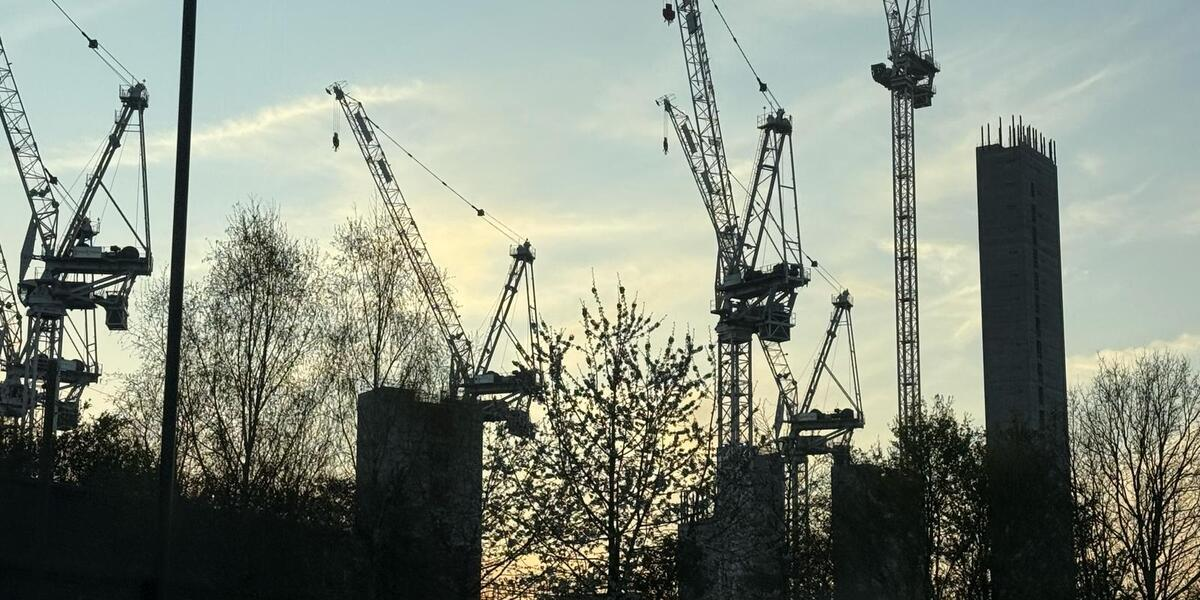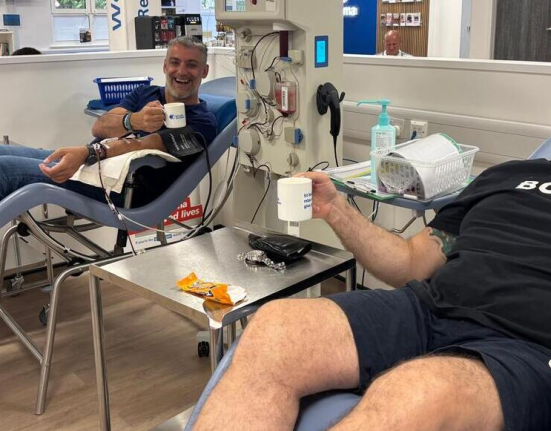Birmingham’s secret business collapse: The truth beneath the bravado
Business people are rarely short of good news. Attend any chamber of commerce lunch or networking breakfast and you will hear the familiar hymns to growth, resilience and the West Midlands powerhouse.
Yet beneath that civic confidence, there is a quieter story that rarely gets told. It is not about record investments or glossy ribbon cuttings. It is about the steady unravelling of Birmingham’s small and mid-sized enterprise base. These are the workshops, contractors, wholesalers and developers that keep the city moving but now, one by one, they are failing.
I have been digging through the cold official record, the insolvency notices and winding-up orders tucked away in The Gazette and Companies House. The results are sobering.
A roll call of the fallen
Over the past few weeks, the legal pages have filled with names most people have never heard, yet their collapse ripples through the city’s economy.
Fine Construct Ltd, a domestic building company based in Great Charles Street, was wound up by court order on October 8.
B S Living Ltd, from Mary Ann Street, was also wound up on October 15.
Neulive Ltd, of Vicarage Road, Edgbaston, was wound up the day before.
And Lighting Visions Ltd, a wholesaler on Brays Road, is on the brink of being struck off.
Individually, these sound like small losses. Collectively, they describe the underbelly of Birmingham business, a layer of firms that rise fast in good times, take on local work, borrow heavily, and then vanish when the tide turns.
The hidden barometer
It is easy to ignore such notices. They are dry, bureaucratic, and nobody issues press releases about them. Yet they are the truest barometer of what is really happening.
According to the latest Red Flag report, Birmingham businesses in significant financial distress rose 17% year on year. The hardest hit sectors are construction, real estate and specialist contracting. These are exactly the trades now appearing in the insolvency register.
When the big names announce expansion plans, the press reports every upbeat phrase. But when the scaffolding firms, sub-contractors and small developers fold, the silence is deafening. Business, by its very nature, does not report decline. It prefers to bury it.

A city of bright facades
Birmingham has become a master of the bright facade. Tower cranes decorate the skyline, PR agencies craft stories of renewal. Yet beneath the marketing gloss lies a city economy built on fragile margins.
Many of the collapsed firms were supplying or contracting for projects that the public assumes are safely financed. When a sub-contractor goes under, the work does not just stop, it infects the whole supply chain.
Ask anyone in the trades and they will tell you that cash flow is a knife-edge business. Payment delays of just a few weeks can finish a company. Rising interest rates, high materials costs, and developers squeezing margins complete the equation. What we are seeing now is not a blip. It is the natural consequence of years of borrowed optimism.
The shell game of property vehicles
Among the insolvency filings, one pattern keeps recurring. Companies that exist almost entirely on paper. These are the so-called Special Purpose Vehicles, or SPVs. Limited companies created to hold a single property or development deal. On paper, they look like normal businesses. In reality, they are financial containers designed to isolate risk.
Here is how it works. A developer sets up a fresh company for each new project, for example 123 High Street Developments Ltd. That SPV borrows the money, signs the contracts, and carries the liabilities. If the project succeeds, profits flow to the parent or investors. If it fails, the SPV is quietly liquidated and the losses stay locked inside. The directors then move on, often setting up another vehicle for the next scheme.
In a healthy market, this can be sound business structure. But in Birmingham, where the property market is speculative and debt-driven, it has become a form of quiet evasion. You can see it in the filings, dozens of near-identical companies, many registered to the same serviced offices in the city centre, being wound up or struck off. Each one once held a plot, a plan, or an investor promise. Now they are gone, taking unpaid invoices and small-firm losses with them.
Funnily enough, there was even a company in Scotland called 123 High Street LLP, dissolved in 2022. It has all the hallmarks of a shell used to hold finance or a single property interest, though you will probably never really know. That is the nature of the game. These entities are designed to appear and disappear with minimal trace, leaving the paperwork tidy and the story unfinished.
This is the hidden arithmetic of urban regeneration. Public bodies point to cranes and call it investment. Yet behind every new tower are shell companies that can vanish overnight, leaving others to pick up the pieces. It looks like activity, but it is activity without accountability.
The business narrative problem
Birmingham’s business culture still struggles with honesty. It is not unique in that, like most cities it dislikes bad news, but the scale of self-deception is striking. Local business groups often behave like morale clubs. The same names circulate, applauding each other’s awards while quietly restructuring debts.
This is not cynicism, it is an attempt to protect confidence. Yet confidence without realism is dangerous. A city that only celebrates expansion will never prepare for contraction. And right now, contraction is what is happening.
The official numbers confirm it. Across the West Midlands, more than 7,000 companies are in significant distress, and Birmingham accounts for the largest share. Insolvency practitioners talk of a drip-feed collapse, not a crash but a slow and steady haemorrhage.
Why nobody talks about it
There is an unspoken rule in business journalism. Never frighten the horses. Editors avoid stories that might shake confidence. Advertisers prefer features about success. Local politicians like to quote inward investment totals, not bankruptcy filings.
But this lack of candour leaves policymakers flying blind. The city cannot plan its recovery if it does not admit what is really happening.
Every insolvency file tells a human story. Staff unpaid, suppliers cut off, hopes dashed. Collectively, they describe a pattern. Birmingham’s economic model is over-leveraged and under-protected. Too many firms are debt-fuelled and too few are built to last.
A new kind of transparency
If the city wants to change course, it needs new habits of transparency. That means publishing quarterly summaries of local company failures alongside investment data. It means making council procurement more transparent about which contractors are at risk. It means encouraging chambers and business groups to report financial stress as openly as they celebrate growth. And it means treating small-firm insolvency as a civic warning sign, not as a private embarrassment.
In short, it means telling the truth, even when it hurts.
The hard, cold fact
Business by its nature talks things up. That instinct drives ambition, but optimism without realism is a form of civic dishonesty. And the hard, cold fact is that parts of Birmingham’s business base are quietly falling apart.
You will not hear that at the next networking brunch, but you can see it in the winding-up orders. Fine Construct. B S Living. Neulive. Lighting Visions. Names on paper, but behind each are jobs lost, suppliers unpaid, apprentices disappointed.
Until Birmingham measures itself not only by its cranes but by the companies that vanish unnoticed, the city will keep living in two realities. The confident facade above, and the collapsing core beneath.
Unapologetically looking at the facts
There is no glory in reporting decline, but there is integrity in acknowledging it. Because a city that hides its weaknesses can never fix them.
The next time you hear a speech about Birmingham’s unstoppable momentum, remember the Gazette pages. They are the true record of the city. The balance sheet no one reads.
And until that changes, GRIT (Mike’s own website) and WM News will keep reading it and reporting it.
Sources: The Gazette, Companies House, Red Flag Alert Q2 2025, The Business Desk (West Midlands), and verified court insolvency notices for October 2025.







